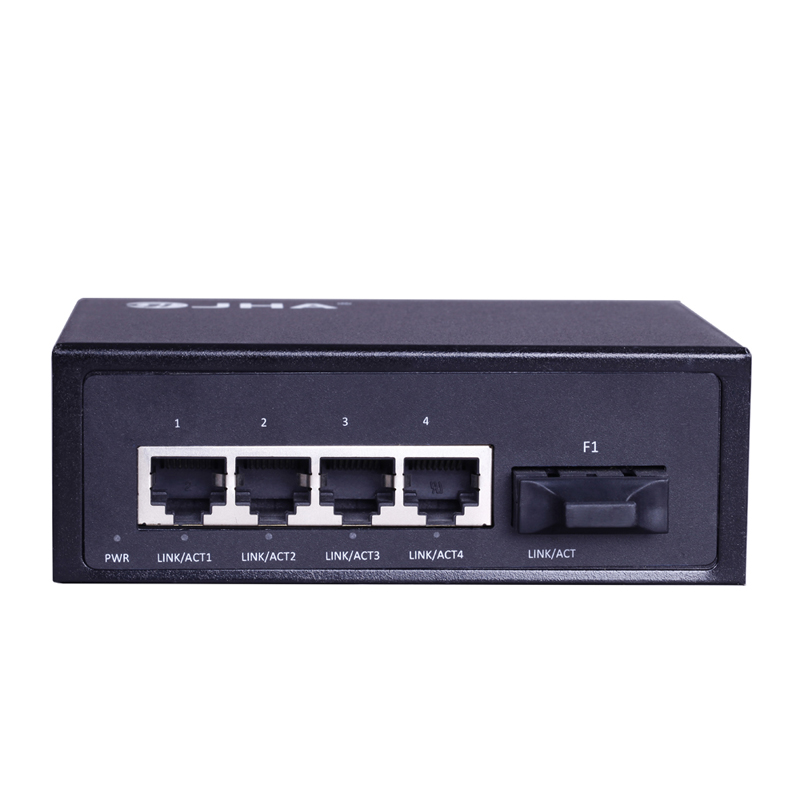Function is the most direct indicator
For general access layer switches, simple QoS guarantees, security mechanisms, support for network management strategies, spanning tree protocols and VLANs are all essential functions, however, if you analyze carefully, some functions can be further subdivided under a simple appearance, and these subdivided functions are the main reason for product differences and an important way to reflect the added value of products. In order to provide users with greater flexibility in practical applications, the QoS policy of the switch must support multi-level packet priority settings, priority can be set for MAC address, VLAN, IP address, and port respectively. At the same time, the switch must have good congestion control and flow restriction capabilities, support Diffserv differentiated services, and intelligently distinguish different application streams based on source/destination MAC/IP to meet the needs of real-time multimedia applications. Although some switches on the market currently claim to have QoS guarantees, they only support single-level priority settings, which brings a lot of inconvenience to users’ practical applications.
VLAN support
VLAN is a virtual local area network. By dividing the local area network into virtual network VLAN network segments, network management and network security can be strengthened, and unnecessary data broadcasting can be controlled, The working group in the network can break through the geographical restriction in the shared network, and divide the subnet according to the management function, switches of different manufacturers have different support capabilities for VLANs, and the number of VLANs supported is also different. Network management function Through the network management function, you can use management software to manage and configure the switch, for example, it can be managed through a Web browser, Telnet, SNMP, RMON, etc. Usually, switch manufacturers provide management software or third-party management software to remotely manage the switch. General switches meet SNMPMIBI/MIBII statistical management functions, and support configuration management, service quality management, alarm management and other strategies, the more complex Gigabit switch will support RMON active monitoring by adding a built-in RMON group (mini-RMON).
Link aggregation
Link aggregation can make the link bandwidth between switches and between switches and servers have very good scalability, for example, two, three, and four gigabit links can be bound together to double the link bandwidth. Set up redundant links in a network, and use Spanning Tree Protocol to block the backup link, which logically does not form a loop. Once a failure occurs, the backup link is enabled.
Support VRRP protocol
VRRP (Virtual Routing Redundancy Protocol) is a solution to ensure network reliability. In this protocol, the default gateway (DefaultGateway) of the terminal IP device on the shared multi-access access medium is redundantly backed up, so that when one of the three-layer switch devices is down, the backup device will take over the forwarding work in time, The user provides transparent handover, which improves the quality of network service. The VRRP protocol is similar to Cisco’s HSRP protocol, but HSRP is proprietary to Cisco. At present, mainstream switch manufacturers have already supported the VRRP protocol in their products, but it will take time to be widely used.
Post time: Aug-17-2020






